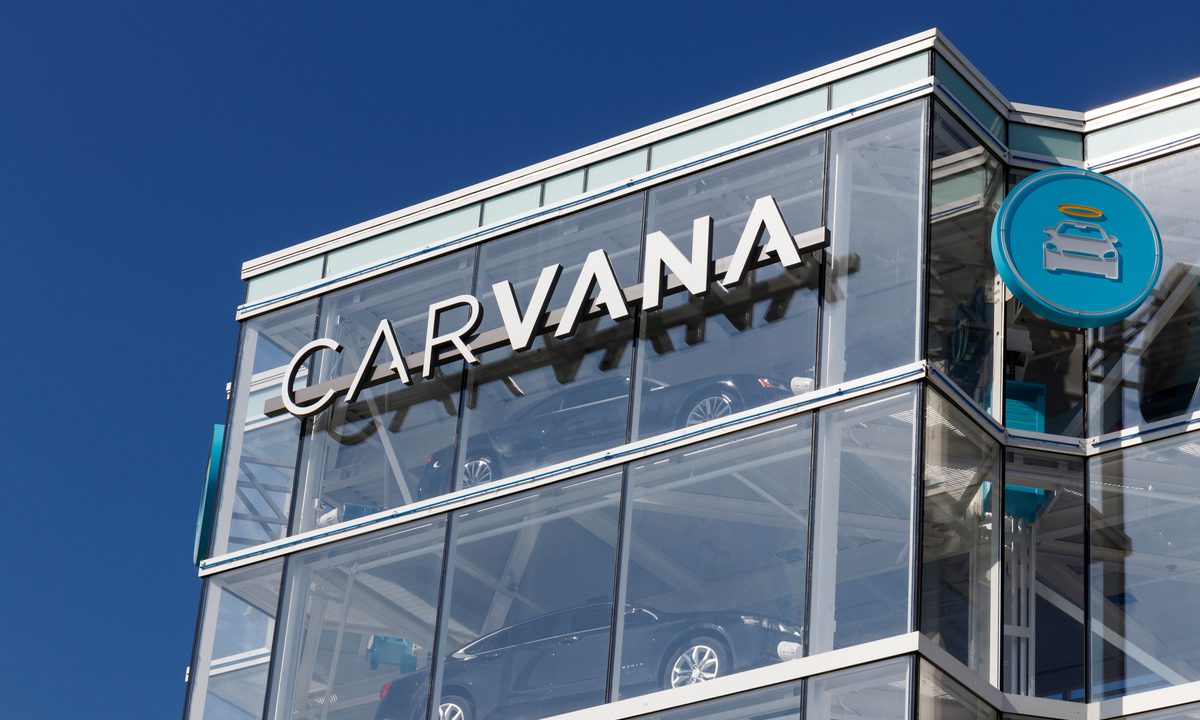
The rubber meets the road for the online car platforms.
Amid Carvana’s disastrous stock plunge and disappointing earnings — and Vroom’s numbers from Tuesday (Nov. 8) — the sector resembles a 10-car pileup.
Turns out that not every aspect of commerce has a smooth digital shift, certainly not to profits.
Wall Street’s stock price movements are a barometer, generally, for how investors feel about an enterprise’s viability. The fact that Carvana has seen its stock plunge 98% from its highs (and by more than 50% in the wake of earnings), and Vroom is trading for less than $1 show what might be charitably called healthy skepticism.
As Carvana CEO Ernie Garcia said on the earnings call last week, “there are a bunch of different statistics that we can look at around yield consumer confidence or consumer willingness to buy a car at any point in time. And I think that we tend to see some negative drift in those areas.”
It’s no surprise to see that sentiment move to the downside, given the fact that, as commentary on the call pointed out, used car prices are up 160% from levels seen before the pandemic. The pressures are reflected in the third-quarter results, where retail units sold totaled 102,570, a decrease of 8% year on year, and revenue totaled $3.386 billion, a decrease of 3%. Gross profit declined too.
The trends are firmly in place. In a release last week, CarGurus said the used vehicle market saw the average listing price decline to just under $31,000 this October compared to September, but they remain higher than last year.
Beyond the Sticker Shock
High prices and consumer sticker shock — individuals and families are being effectively priced out of the market — are only part of the story.
It’s interesting to note that, along with the pressures of buying inventory that’s more expensive, gross profits were hit in part by what we might term a last-mile problem.
Carvana, management stated in its shareholder materials that some geographic markets have lower profitability due to “long distance from inventory (e.g., the Pacific Northwest). We have historically had strong success growing these types of markets over time, but in a profitability-focused or lower GPU environment it makes more sense to reduce advertising or take other actions to improve profitability, such as increasing long-distance shipping fees, in these markets.”
A lot happens, then, between the browsing and the buying via online channels, and for some consumers, actually getting the car delivered. Labor shortages have also made reconditioning efforts more expensive.
We’ll know after Vroom and CarGurus finish reporting their earnings Tuesday. Vroom’s own numbers show a 67% decline in eCommerce units sold in the most recent quarter, as measured year over year. In the meantime, as per CarGuru’s announcement, days-on-market rose for vehicles in October for both new offerings, up to 47 days, and used vehicles, up to 79 days. The read-across here is that consumers are taking longer to kick the proverbial tires.
In the meantime, cash continues to burn. Carvana’s earnings results show negative operating cash flow for the nine months that ended in September of $585 million. Liquidity — traditional sources such as cash and revolvers — stood at $2.2 billion. There’s some breathing room, but going back to capital markets will prove to be expensive.
There’s room for the traditional dealers and even the original equipment manufacturers (OEMs) to defend against and attack the platforms. Building out a digital channel is no easy feat, but it’s not impossible, and dealers have the advantage of having a local presence in the markets (and less of a logistical/delivery challenge than the platforms).
Elsewhere, OEMs such as Ford are adopting a build-to-order approach that lets consumers effectively design their own cars and manage inventory more efficiently. Luxury brand, such as Volvo and Porsche, offer car subscriptions (by the month), and it may be only a matter of time before mass-market manufacturers do too.
The online used vehicle platforms promised to disrupt car buying — and now seem stuck in second gear, in danger of stalling outright.
For all PYMNTS retail coverage, subscribe to the daily Retail Newsletter.